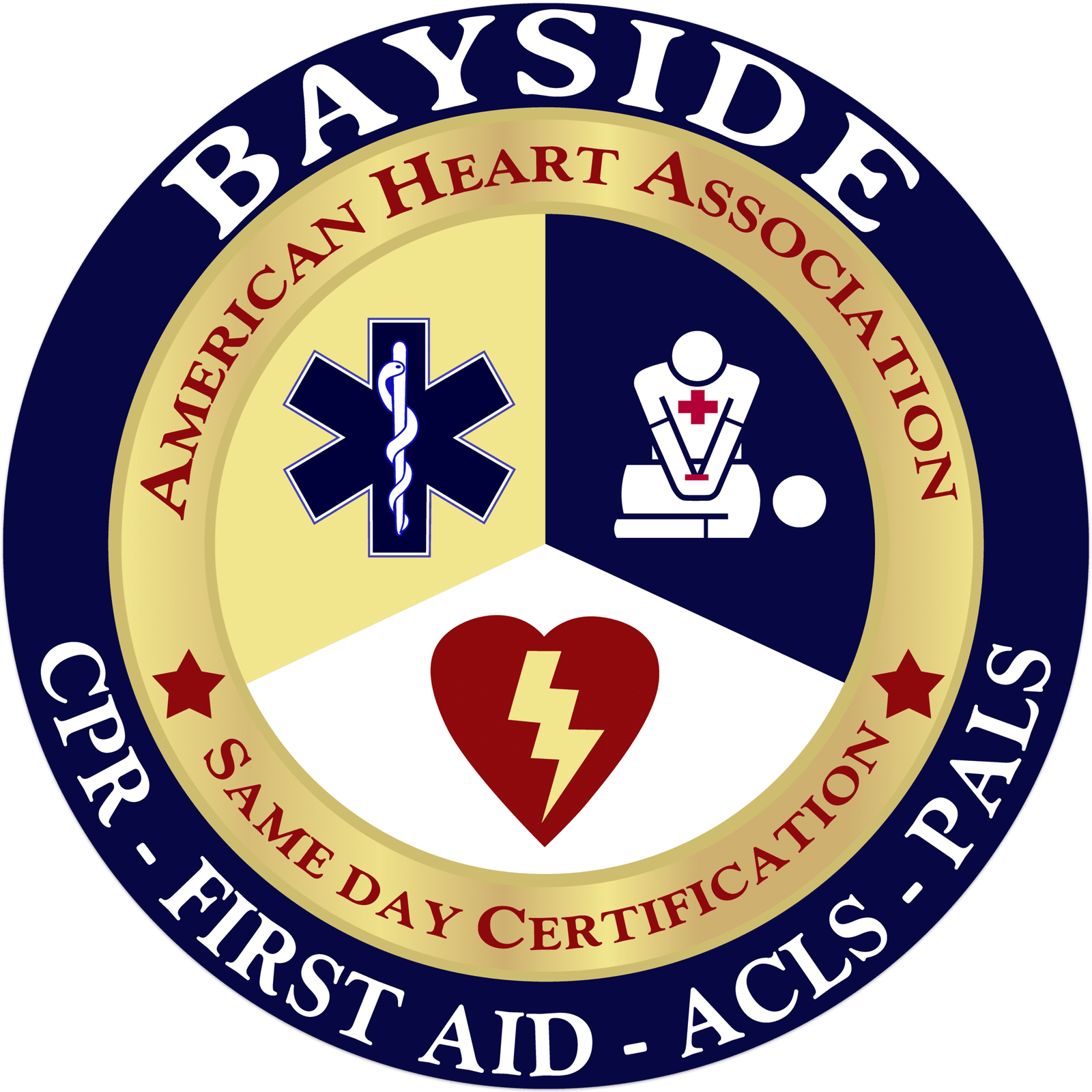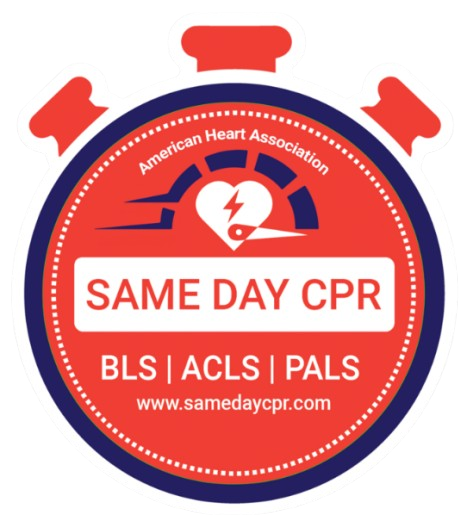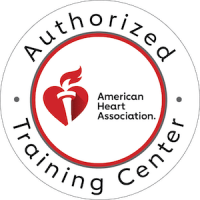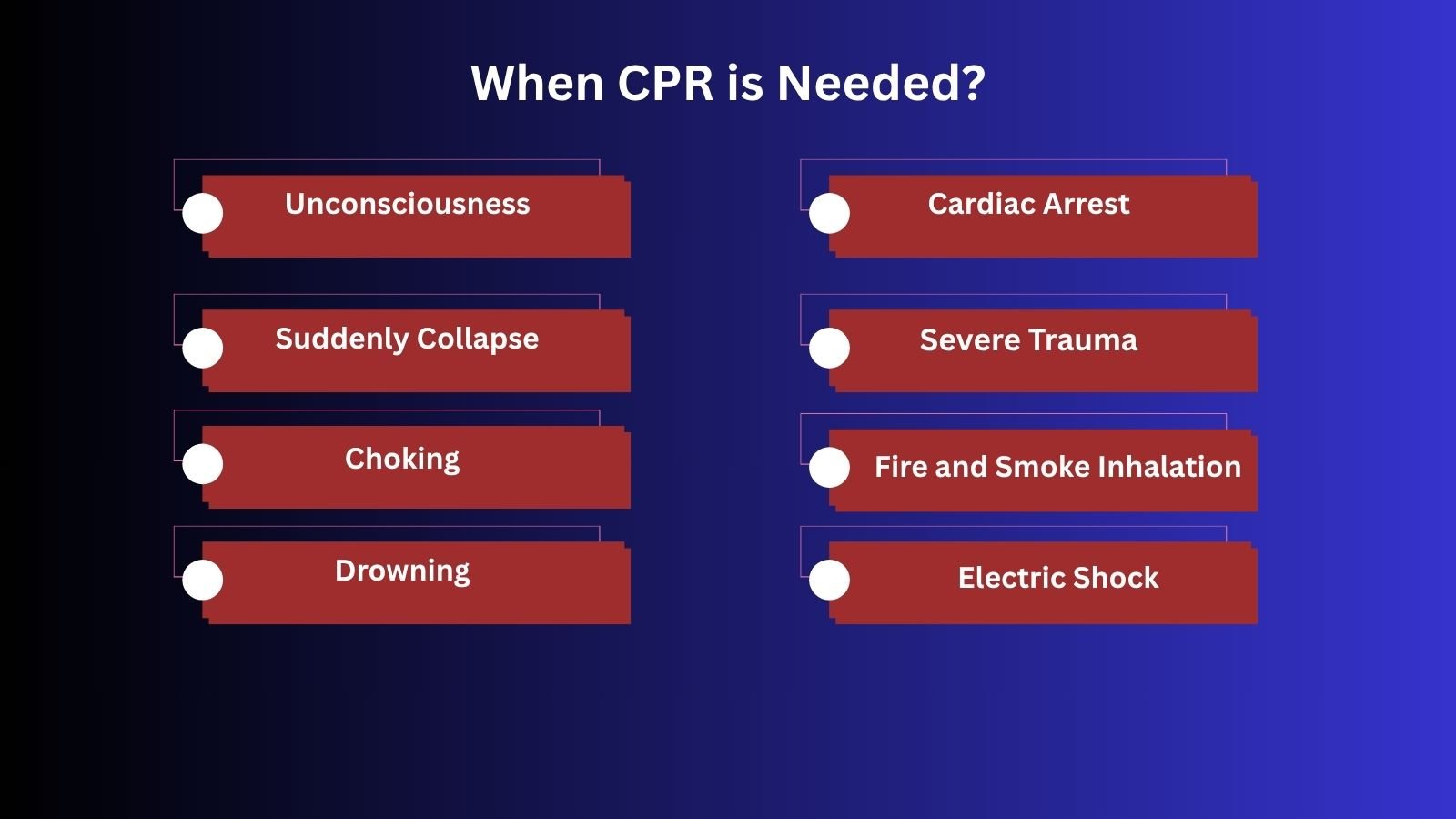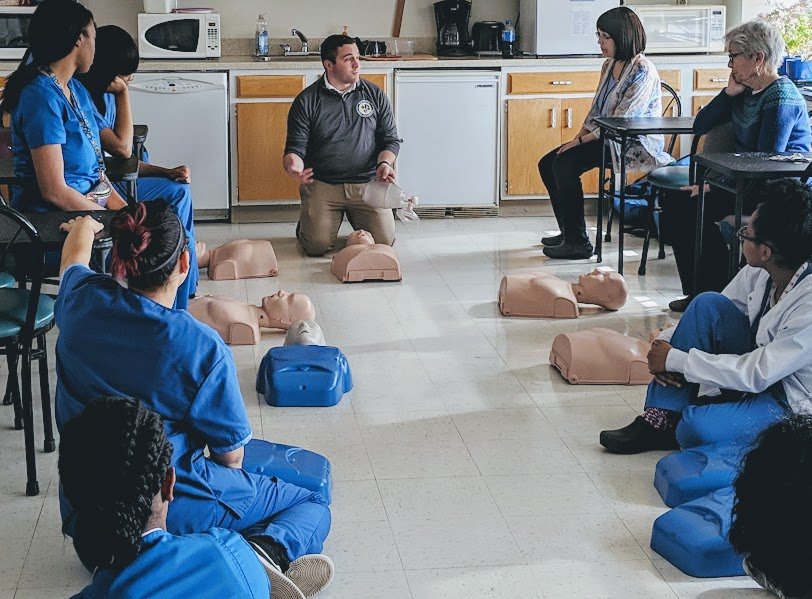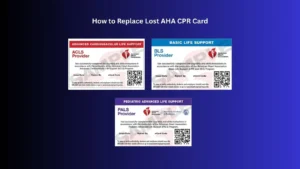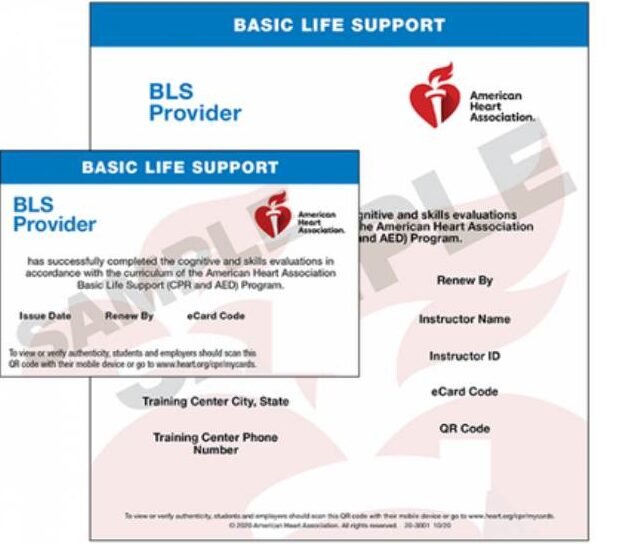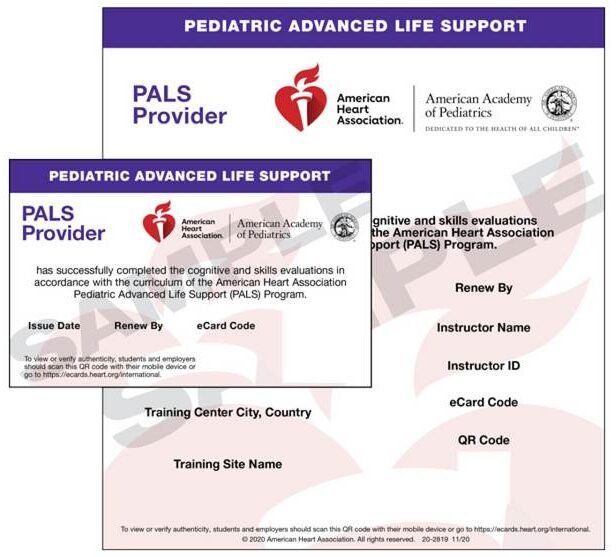Isn’t it scary to witness someone suddenly collapse in front of you? No warning. No time to think. In that moment, what you do next could mean the difference between life and death. Cardiac emergencies don’t wait for professionals to arrive. They don’t give you time to Google what to do. That’s where CPR and First Aid come in, not just as useful skills, but as life-saving actions anyone can learn. They give you the power to step in, take control, and keep someone alive until help arrives. You don’t need to be a doctor. You just need to be ready. And learning these skills is the first step. You are wondering what other situations where CPR is required in and how to perform it.
Emergencies When CPR Is Needed
When the person is unresponsive, drowning, overdosing on drugs, experiencing electric shock, or not breathing normally, CPR is required. It helps keep blood and oxygen flowing to vital organs until professional medical help arrives. Below are the conditions.
1. Unconsciousness
Unconsciousness happens when an individual is unresponsive and cannot wake up, often due to a head injury, illness, or lack of oxygen. Asking if they can hear you and checking for breathing are crucial first steps. If they don’t breathe normally, immediate action is vital.
2. Sudden Collapse
A person suddenly collapsing can be a sign of a serious problem, like a heart attack or stroke. Staying calm, ensuring their safety, and calling emergency services right away can save their life. Check if they’re respiring and responsive afterward.
3. Choking
Choking occurs when an object blocks your airway, making it hard to breathe. If you are gagging or unable to talk, try to cough if possible. If you can’t breathe, perform back blows and Heimlich maneuvers to clear your airway quickly. It’s also important to know what to do if you are alone and choking, as acting quickly on your own can be life-saving.
4. Drowning
Drowning happens when a person can’t breathe due to submersion in water. Understanding the science of drowning and what happens to the body underwater can help you respond more effectively. Getting them out of the water and calling for help is the first step. If they’re not breathing, start CPR immediately to help restore oxygen flow to their brain and vital organs.
5. Cardiac Arrest
During cardiac arrest, the heart suddenly stops beating effectively, cutting off blood flow to the brain and body. Immediate cardiopulmonary resuscitation can keep oxygen circulating until professional help arrives. Quick action significantly improves survival chances.
6. Severe Trauma
Severe trauma, like a major injury from an accident, requires careful assessment. Keep the person still to prevent further injury, control bleeding, and call emergency services immediately. Do not move them unless necessary.
7. Fire and Smoke Inhalation
Inhaling smoke can cause respiratory distress or poisoning. If trapped in a fire, try to stay low to avoid smoke and exit as quickly as possible. After rescue, monitor breathing, and seek medical help for smoke inhalation injuries.
Also, Read: What to Do If Someone Is on Fire?
8. Electric Shock
Electric shock can cause burns, cardiac arrest, or nerve damage. If someone is shocked, turn off the power source before touching them, and call emergency services. If safe, check if they are breathing and perform cardiac massage if required.
Tips for Effective CPR
Effective CPR can significantly increase the chances of saving a life, but it requires proper technique and perseverance.
1. Maintain proper rhythm and compression quality
Keep a constant pace of about 100-120 compressions per minute, roughly the beat of “Stayin’ Alive.” Ensure each compression pushes hard and fast, at least 2 inches deep for adults, to effectively circulate blood.
2. Avoid fatigue
Perform chest compressions in rapid cycles, about two minutes each, and switch off with a helper if possible. Proper procedure helps reduce fatigue and maintain compression quality. Taking short breaks encourages consistent performance. A chest compression feedback device monitors the quality of your compressions during CPR, providing real-time guidance on depth, rate, and recoil to ensure effective resuscitation.
3. Continue until professional help arrives or the person recovers
Persist with CPR until emergency responders take over, the person shows signs of life, or you are physically unable to continue. Staying committed gives the best chance for survival and recovery.
Common Mistakes to Avoid
When performing CPR, certain mistakes can significantly impact the success of resuscitation. Let’s review some common errors and how you can avoid them.
1. Delaying CPR
One of the biggest errors is waiting too long to start CPR after witnessing someone collapse or show signs of cardiac arrest. Every second counts, and early intervention can significantly improve their chances of survival. If you suspect someone isn’t breathing or is unresponsive, don’t hesitate; call emergency services immediately, and start CPR right away. The quicker you act, the better their odds. For more information on how gender may influence survival rates and additional tips on performing effective CPR, check out our detailed guide on survival differences between men and women during cardiac arrest.
2. Incorrect Hand Placement or Compression Depth
Getting the hand placement right is crucial. Placing your hands in the wrong spot or pressing too lightly or too hard can reduce blood flow. Aim for the center of the chest, right over the sternum, with your hands stacked, shoulders directly above your hands, and arms straight. Push hard and fast, about 2 inches deep at a rate of 100 to 120 compressions per minute. Practicing the correct technique can make all the difference.
3. Forgetting to Call Emergency Services
It’s natural to feel overwhelmed, but always remember to call emergency services; you shouldn’t skip this step. You might think you can handle everything yourself, but calling professional help is essential. This ensures that professional responders are on their way, ready to provide advanced care once they arrive.
Prepared for Life-Saving Moments: Responding to Serious Emergencies with CPR
In any emergency, quick action can truly make the difference between life and death. Staying calm helps you think clearly and act effectively. That’s why learning CPR and First Aid isn’t just for healthcare professionals, it’s essential for everyone. Whether you’re a parent, teacher, sports coach, or just someone who wants to be prepared, getting trained equips you to respond confidently when it counts. At Bayside CPR, we offer comprehensive courses like BLS, ACLS, and PALS customised to your needs. We also provide group training, so teams or organizations can learn together and be ready to step in during emergencies. Don’t wait for a crisis to happen; take the initiative now. Contact us today to find the right program or visit our training center for additional details. Remember, being prepared can save lives, so let’s make sure we’re ready to help when it matters most.
